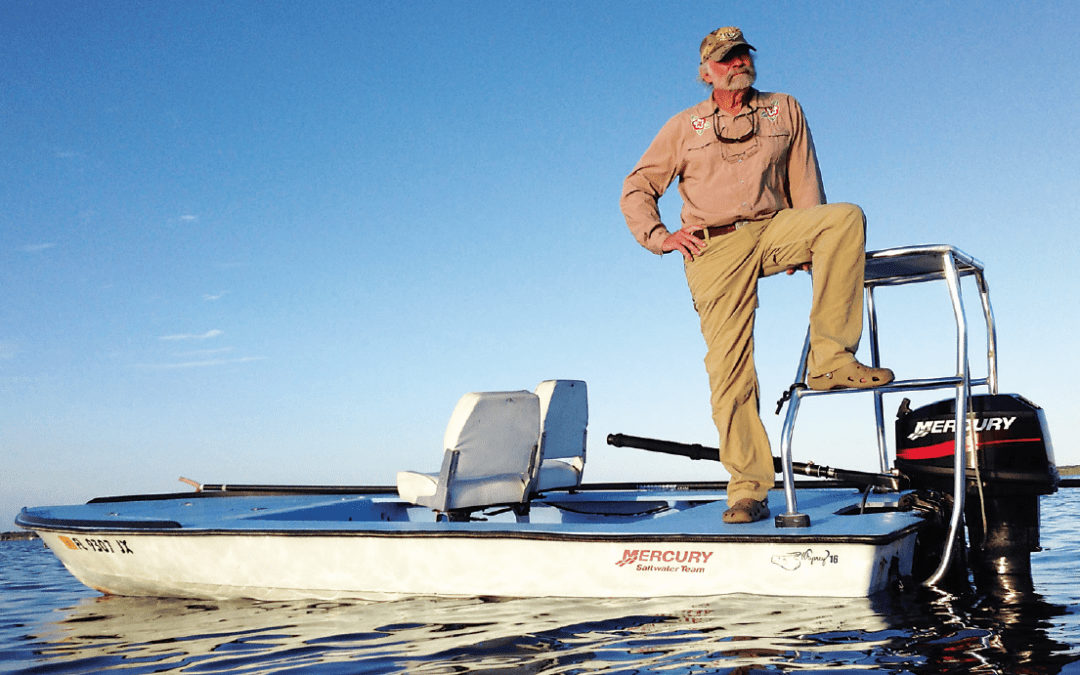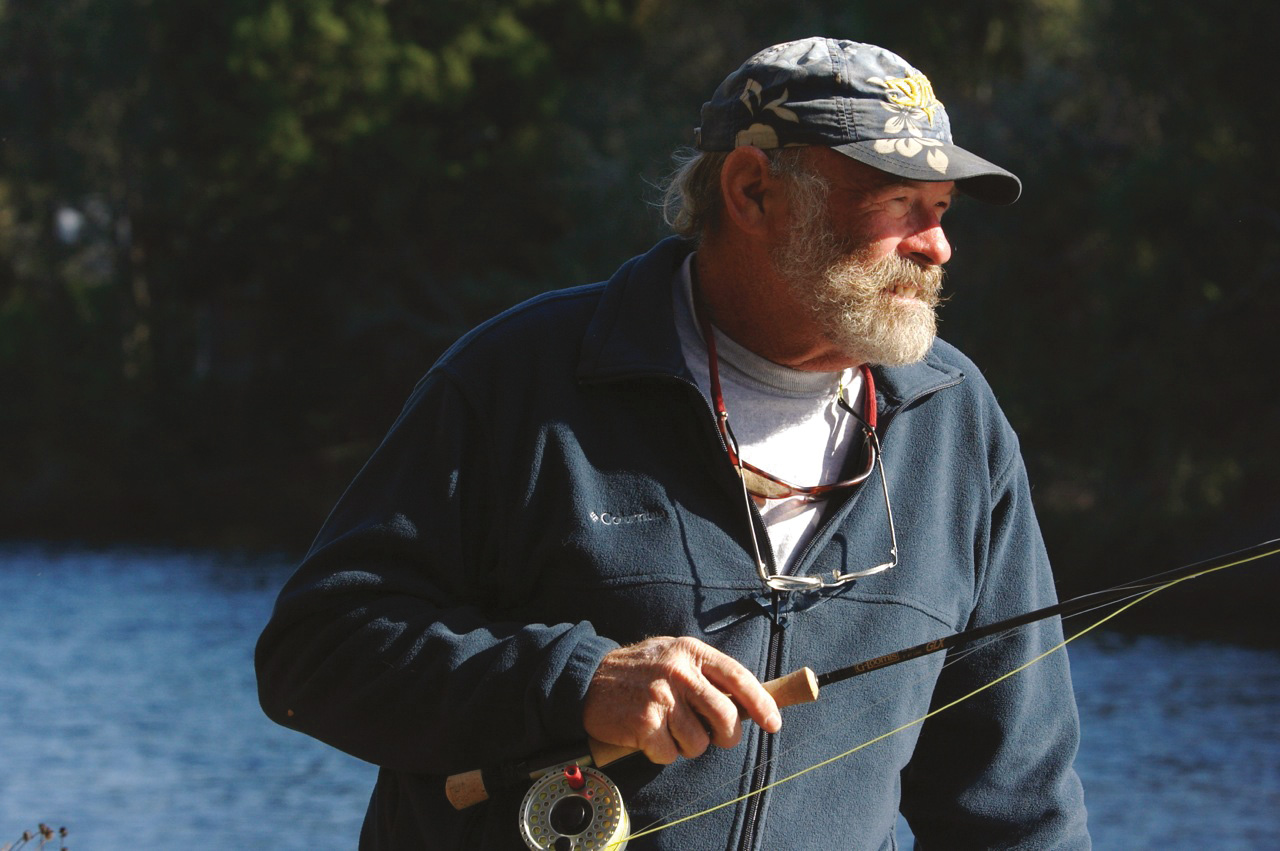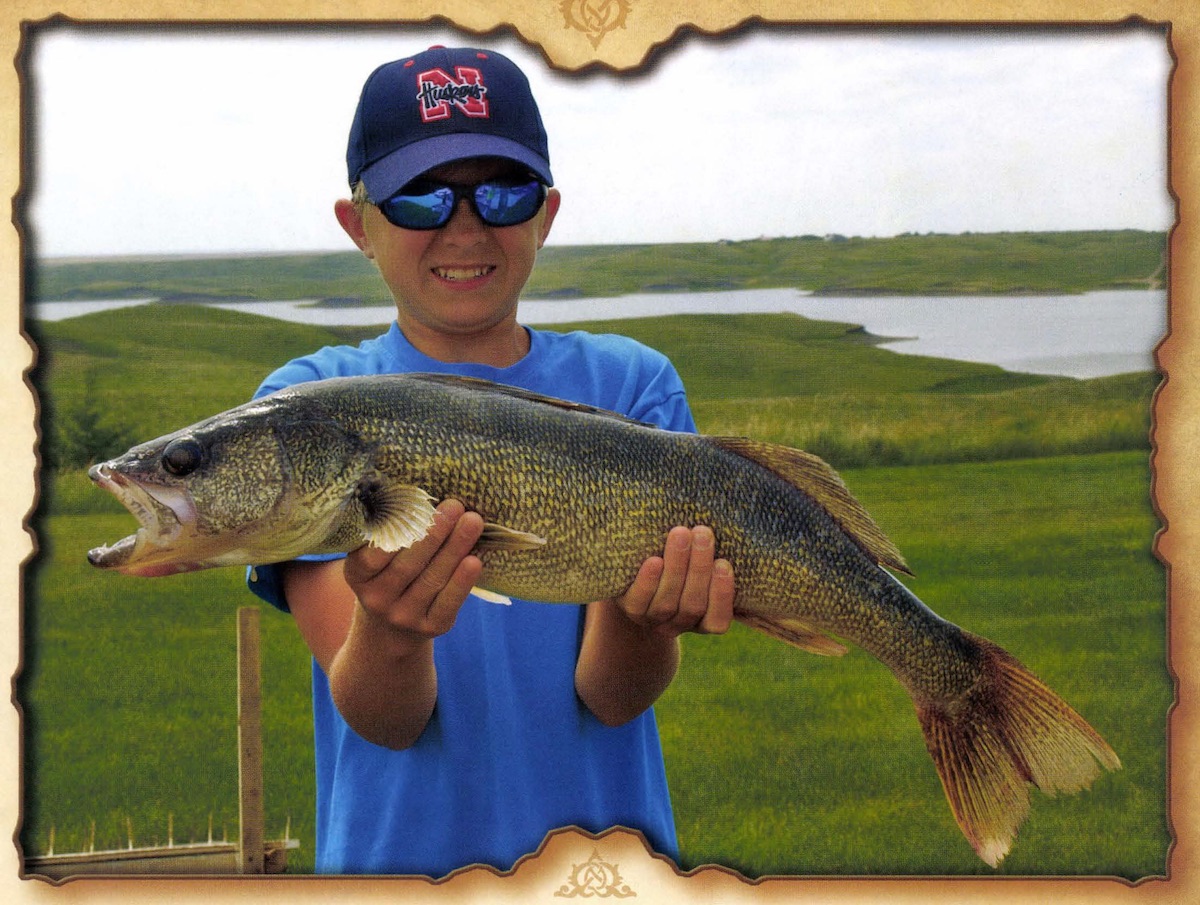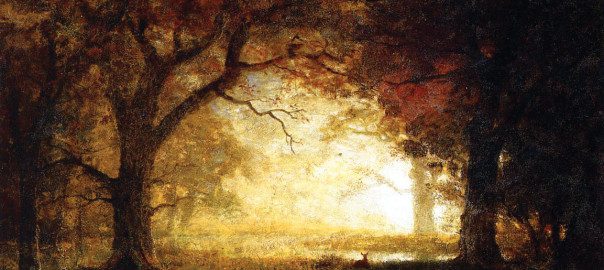Sporting Classics writer Larry Chesney gets the scoop on legendary fisherman Flip Pallot in this Q&A interview
LC: Are you planning to bring back Walker’s Cay Chronicles?
FLIP: Well, I don’t know about that. I’m watching with great interest to see what’s happening with Walker’s Cay. As you may have heard, it was purchased recently by a guy who intends to restore it, but he was interrupted by this hurricane. But his plans are to have the marina and some accommodations finished next year. So, there is a chance that Walker’s will become either a destination where I can take people, or perhaps more than that. If there’s interest in seeing The Chronicles again, I would be inclined to do it if it could be done with the same quality as the original. That’s not easy in today’s television world. But I’d be into it.
LC: Did I hear that you’re narrating a football show?
FLIP: Recently, I’m involved in an eight-part series about the Southeastern Football Conference. It’s an unlikely venue, but there I am. I still do a little writing, and personal appearances from time to time. I still do consulting in the outdoor industry. And I try to be active in conservation as I possibly can, particularly in regard to Florida’s water issues.
LC: It sounds as if you have to squeeze your hunting and fishing in between a lot of other activities.
FLIP: One of the great things is that no matter where we are, we have internet, and we have cellular service, and we have laptop computers, so there always seems to be time in the day to get something done.
LC: How far are you from the water?
FLIP: I’m probably ten minutes from the Indian River Lagoon and the Mosquito Lagoon. And if I go to the west, probably also ten minutes from the St. John’s River marsh where I spend a great deal of time hunting and fishing, so I’m perfectly located between everywhere that I need to be, at least in Florida. I’m in striking distance of everything.
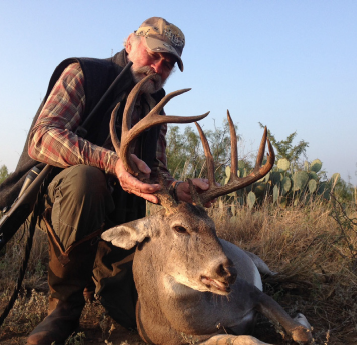
Flip admits that he loves hunting as much, maybe more, than fishing.
LC: You were an owner of Hell’s Bay Boats at one time. What are some of the products you’re involved in now?
FLIP: I still do a lot of work with Hell’s Bay in terms of marketing and design. I just designed a skiff for them called the Eldora that they’re coming out with now. As a matter of fact, they’re in the middle of building one for me and it should be ready any time. So, I still have a presence with Hell’s Bay, and they’re very nearby, probably twenty minutes away, so I can spend plenty of time there.
LC: Could you finish sharing your memories of growing up in that part of Florida?
FLIP: People like Lefty, and like Stu Apte, and Chico Fernandez — these were the people I grew up with and fished with, for a whole lifetime. So just by the good fortune of when and where I was born and grew up, I was there when so many things were invented, so many places were pioneered and so many techniques were developed. As I look back, I realized that just by accident I had the privilege of being in a situation where nobody else, no matter how smart they were, how talented they were or how privileged they were, could do the things I did because they weren’t available to do anymore. The resources didn’t exist; the pioneering has been done, so I was just lucky to have been there during all of that.
When I was fourteen, you could get your own driver’s license if you operated farm equipment. And my family farmed, so I was able to have my own truck, working and completely mobile. Fourteen-year-olds were different back then. A 14-year-old today is still a child. A 16-year-old in my time was a man. So being fully mobile at 14 and living in south Florida, with Biscayne Bay on one side and the Everglades on the other side, we were able to fish everywhere. It’s hard to even think about it now because the resources are so diminished. Back then, everything was the natural world in south Florida. When I grew up, greater Miami was 80,000 people. Now it’s six million people are something like that.
LC: Any other future ventures you’re working on?
FLIP: Quite by accident a few years ago, a couple of friends and I got into the rum business. We were just sitting around a campfire in the Bahamas one night. This was just after George Clooney had sold his tequila company for two billion dollars. Or maybe one billion. Ehh, what’s the difference (laughs). And his end of the deal was 200 million. We were sitting there drinking rum, and somebody said, “man, we should go in the rum business. Start a rum company, and sell it for a million, and that’ll be that.” So, there was a very bright young man I knew who wasn’t doing much at the time, so we said, “hey, why don’t you find out what we need to do to go into the rum business?” Well, he took it very seriously and he went home and, in a short time, found out exactly how much it would cost, and what the requirements were governmentally, and developing the product and labels — he really did his homework. He came back to us six or eight months later with all the answers.
We got very, very lucky. We discovered an elderly, super-talented Cuban master distiller who was responsible for distilling some of the most prominent rums in the history of rum. And the guy just kinda took a liking to us and agreed to build some rums for us. And we went ahead and did the bottle and the label and, over the course of two years, brought this rum to market. We’ve just very recently secured probably the largest distributor in the United States, Canada and the Caribbean to handle the product. So, we’re on the shelves in Florida right now, and very soon Georgia, Texas, North and South Carolina, New York, New Jersey and so on, and Canada. It’s called Frigate Reserve Rum. Like the frigate bird, which is the logo of the company. These are not blended. They are totally aged reserve rums.
You can learn more about Flip’s efforts at frigatereserverum.com. And, you can line up a trip with Flip, or just visit him at flippallot.com.
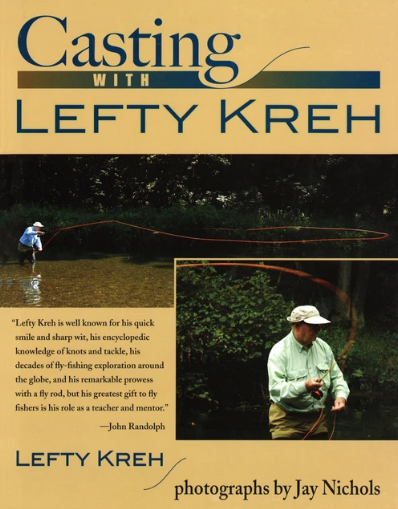 With over 40 casts covered in step-by-step detail in over 1,200 full-color photographs. Casting with Lefty Kreh is the perfect reference for the fly fisher who wants to improve his skills. Casting should be nearly effortless. Understand the physics and the dynamics of casting and how to adapt to various fishing conditions and your casting will greatly improve. That has been Lefty’s philosophy since he began teaching fly casting over fifty years ago.
With over 40 casts covered in step-by-step detail in over 1,200 full-color photographs. Casting with Lefty Kreh is the perfect reference for the fly fisher who wants to improve his skills. Casting should be nearly effortless. Understand the physics and the dynamics of casting and how to adapt to various fishing conditions and your casting will greatly improve. That has been Lefty’s philosophy since he began teaching fly casting over fifty years ago.
By fishing all over the United Sates and many parts of the world, Lefty learned the techniques experts use on different waters, in every situation imaginable. He shares that knowledge here through easy-to-understand instructions and full-color photographs the show exactly how to make every important cast. Buy Now

